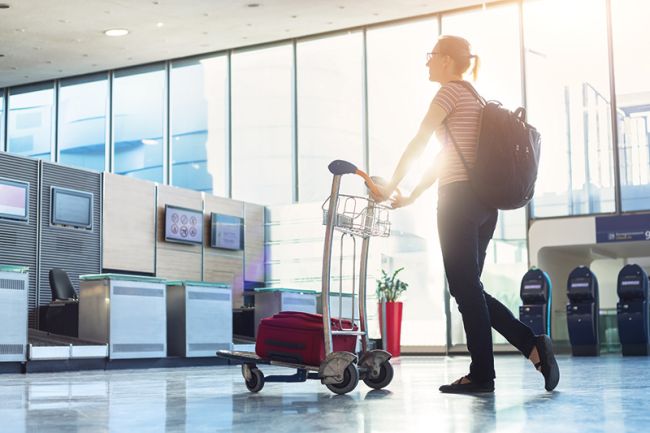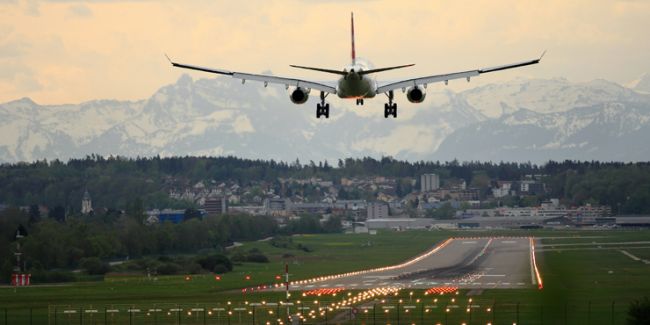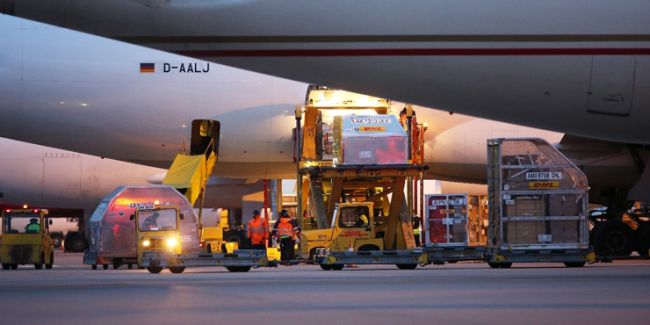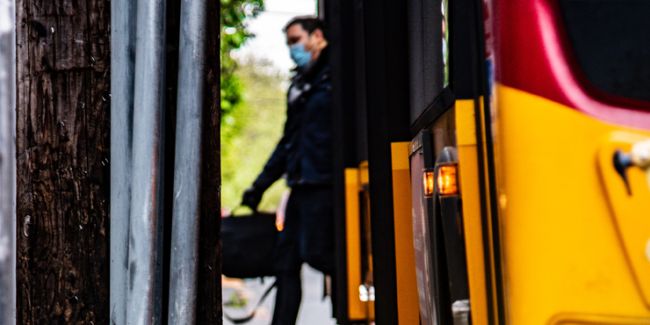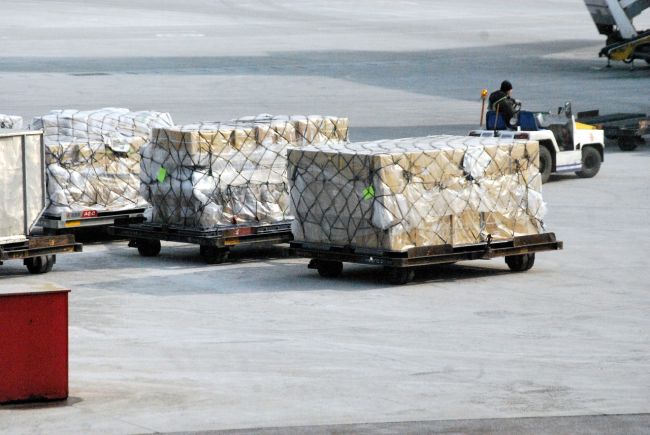Turning airport parking upside down in the age of Uber
At many airports revenue growth in parking is lagging far behind growth in traffic and aeronautical revenues.

Across many North American airports, executives and board members are pleased with the increases in passengers moving through their airports. Airlines are flying new and larger aircraft to new destinations, opening the world of business and leisure to their local communities. Aeronautical revenue tied to passenger growth is financing operations, helping fund the new capacity required by the growth, and improving balance sheets.
At many of these same airports, however, revenue growth in parking – traditionally the largest source of non-aeronautical airport revenues – is lagging far behind growth in traffic and aeronautical revenues. Several reasons are typically offered for airports' loss of market share to other modes and access models: competition from off-airport parking providers; growth of Transportation Network Companies (TNCs) or ride-hailing companies, such as Uber; and decline of vehicle use by millennials and others. Many worry in the next decade that Autonomous Vehicles may further reduce airports’ market shares of trips to their airports.
As these trends take a bite out of airports’ market shares and revenues, airport executives are increasingly realizing that the old days of building garages costing millions of dollars, pricing them at daily rates and expecting customers to fill them, are over. This 'supply-side' strategy is expensive, results in low utilization especially during the 'shoulders' (Monday and Friday) and off-peak (Saturday and Sunday), and costs airports revenue.
Today, Steer is working at several U.S. airports and with our international partners to focus on the demand side of the parking equation. Borrowing concepts used by airlines and hotels, we are increasing market share and revenue for airports. The components of our strategic offer include:
- Pre-booking: Airport customers receive a discount for reserving parking spots in advance, providing certainty that a spot and service is available when they begin and end their journey. 'Roll-up' rates paid by customers not pre-booking should be the highest rates for individual parking products.
- Revised product offerings: Many airport parking products are not branded effectively and are limited to premium and economy parking. Airport competitors often provide better service at lower prices.
- Valet: Underutilized at most airports, especially for longer stays. Valet is often overpriced, resulting in few long-term stays where the benefit to the airport is the greatest (i.e., freeing up other scarce spots that can be turned over multiple times).
- Transaction pricing: Pricing the individual customer stay enables the airport to discount the shoulders and off-peak times to ensure that utilization is steady across the week. The same business travelers willing to pay $35-$50 daily rates mid-week will not pay those daily rates on a one-week trip with their family.
Enabling this strategy requires that airports replace outdated equipment and software which is incapable of accommodating dynamic pricing and
does not yield the data analytics necessary for employing yield management. We advise airports on procurements for revenue control and prebook systems that work together to provide the necessary tools for effective demand-side parking management.
Once the tools are in place, we work with either the airport itself or the airport’s outside operator to ensure effective implementation. For outside firms, this includes service-level measures, which help to determine the annual fee paid by the airport to the parking operator and/or the outside entity providing the yield management expertise.
With the ubiquity of smart phones and e-commerce, a vital component is for airports to build distribution partnerships and channels where their parking is sold – with airlines and other partners, and through airport websites. This requires most airports to greatly expand their customer relationship management (CRM) database and capabilities, effectively building the airport as the preferred channel for selling parking and communicating to customers about discounts and other incentives to park
at the airport.
The results have been impressive: Even before pre-booking was implemented, the recent rate recommendations we made for one large hub airport will result in millions of dollars in additional revenue.



